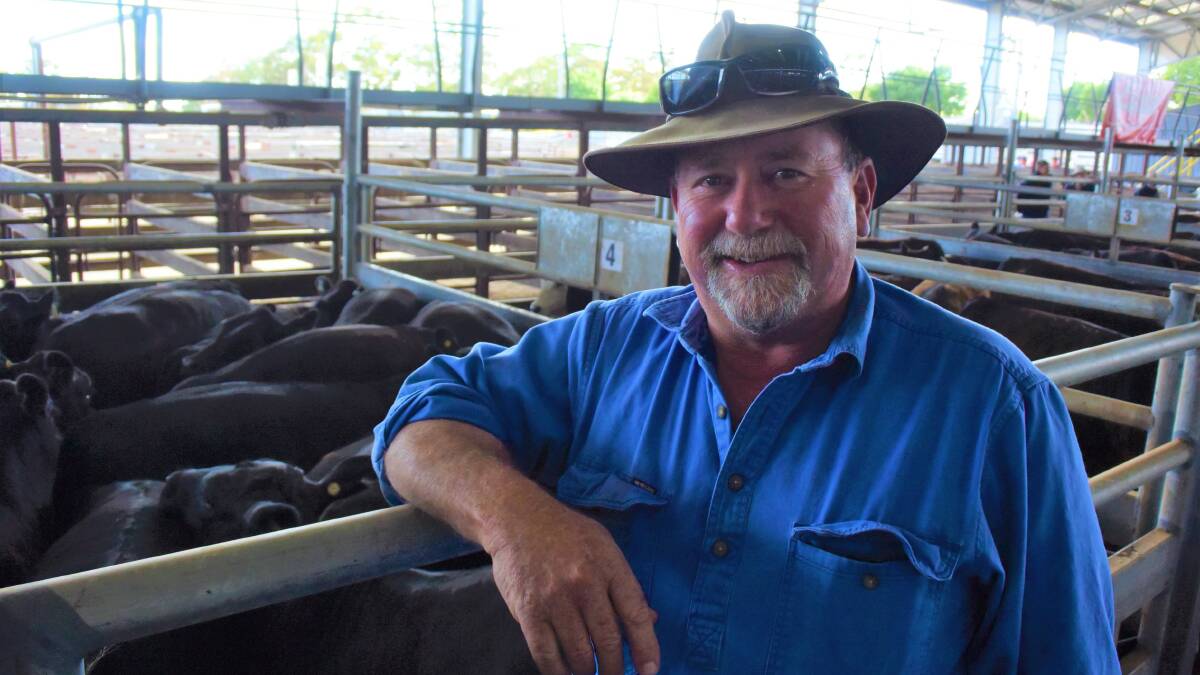
AFTER being in the farming game for decades, a Hynam producer has wound down his operation and at the same time, changed direction which has brought new opportunities.
About 800 sheep run on the farm, as well as cattle, cropping and vineyards, so with a fair bit to look after, Gary Burgess decided to reduce a few parts of the operation.
"We sold part of the farm last year - we are downsizing it to the right size for us," he said.
"We wanted to simplify it all a bit, so we do not breed anymore, just join stock to sell."
Mr Burgess buys in first-cross ewe lambs at feature sales in the South East, particularly at Naracoorte in late November.
He targets the Blue Ribbon sales at Naracoorte to ensure he sources "top quality" bloodlines that will ensure lambs reach target weight.
Cooranga bloodlines are common for Mr Burgess to source, as are other local breeders with good reputations.
The ewes remain on-farm for a maximum of 12 months, after arriving as seven-month-old lambs.
Mr Burgess sells at the Naracoorte first-cross ewe sale - with all stock offered as scanned-in-lamb.
"We end up selling the week before we restock with ewe lambs from Naracoorte," he said.
"Generally we buy lambs that are a bit too small to mate because of the cost but this year prices were so near to the older ewe lambs we could mate - so we did that instead.
"The older lambs were about $300 and the next class down were still $290 at least."
Mr Burgess bough 800 ewe lambs in late November that will be joined and offered as scanned-in-lamb ewes.
Ewe lambs are joined at about 55-60-kilograms, with some lambs mated over a two-month period.
About 42 days later, ewes are scanned and those that scan dry are carried over until the following year.
Mr Burgess aimed to get ewes to about 70kg and in good condition but not fat.
"People taking them on as breeders don't want super fat ewes because of lambing issues - ewes cannot be too lean though, so it is a balance," he said.
The feed situation for Mr Burgess is pretty secure, so he can carry the cost of buying in ewes.
"Normally we have stubble but we sold the cropping area last year but we have enough grain and hay as well as very good pasture land," he said.
"We don't let stock run out of feed - if ewes and lambs are without sufficient feed for even just a small period of time - it can change your entire production system."
Mr Burgess said he will continue to run his operation this way to remove a need for labour at shearing and lamb making.
" It has taken a lot of the work out for us."
- Start the day with all the big news in agriculture. Sign up here to receive our daily Stock Journal newsletter.


